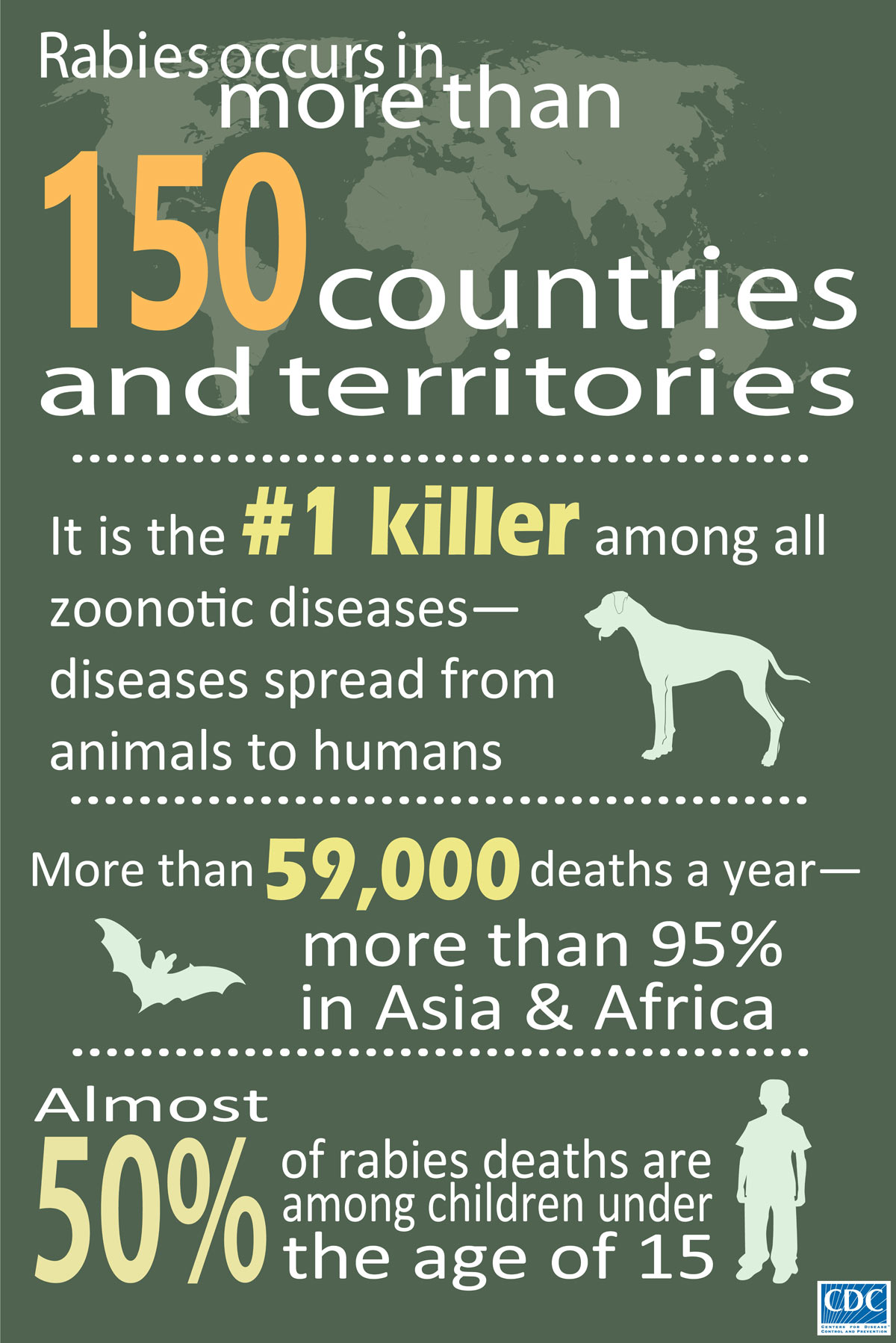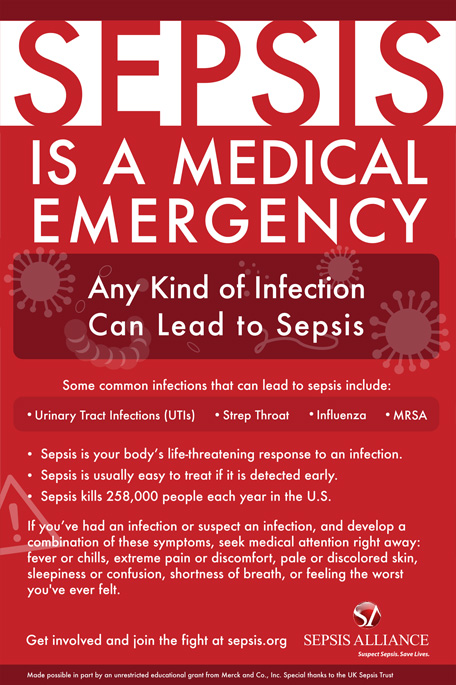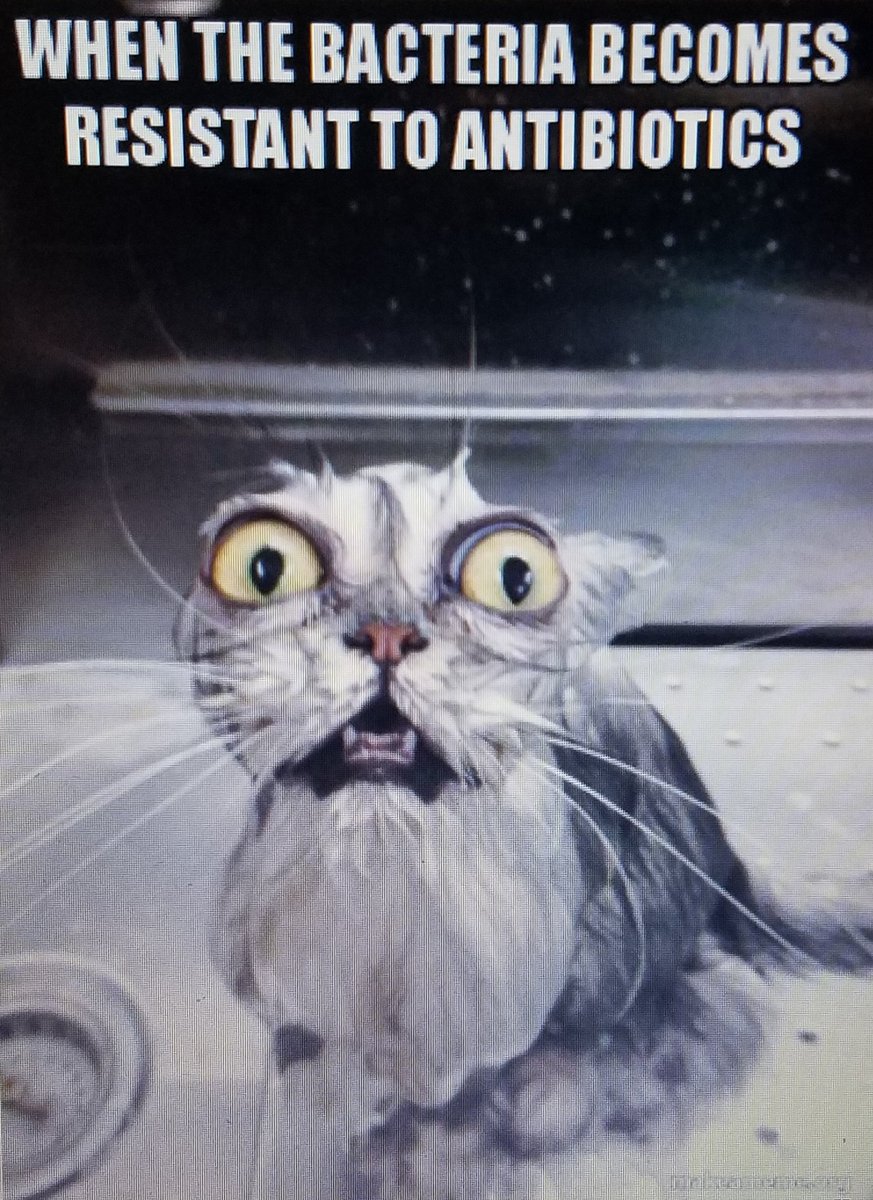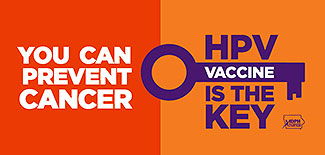The Walking Dead may not just be a fictional TV show. Turns out, the Rabies Virus can cause humans to demonstrate zombie like symptoms, spaz out, and die. This very unfortunate virus is a zoonosis that is transferred to humans from rabid (carrier) animals– most commonly dogs, raccoons, coyotes, and bats. This disease, once signs and symptoms develop in the patient, is always fatal. As unfortunate as this is, rabies has always been one of the most intersting and mind-blowing diseases to me.
According to a recently reviewed article by KidsHealth, rabies will not kill the person if treated before signs and symptoms develop. Foaming at the mouth, confusion, aggressiveness, headaches, and twitching (literally a zombie) symptoms appear after the virus replicates at the site of the bite and goes to cranial nervous tissue. The article mentions that if someone even slightly thinks they were bit by a rabid animal, they should be treated. 2 shots are available for the prevention of the disease: rabies immuno globulin (provides immediate protection) and the rabies vaccine (not really ideal for immunocompromised people but taken in a series of doses). So luckily, there is a way to treat rabies and prevent death in the patient, if treated early enough.
Domestic animals can also be routinely vaccinated to prevent them from becoming rabid. However, as more people around the world are domesticating pets, improper vet care has raised rabies prevalence world-wide. According to an article by The Himalayan Times, this issue is occurring in Nepal. The South Asian country has lost 6 citizens in the last 2 months due to rabies. These cases have been linked to the fact that more and more people in Nepal have gotten pets, unaware of the potential for fatal zoonosis diseases. The article also mentions how many people in Nepal take an animal bite or small scratch very lightly, improper education has led them to not even get these bites/scratched checked in a medical facility. Due to these recent incidents, Nepal has introduced new guidelines for the rabies vaccine (requiring 4 doses of the vaccine to all potentially infected individuals) and is overall taking the virus more seriously.


















